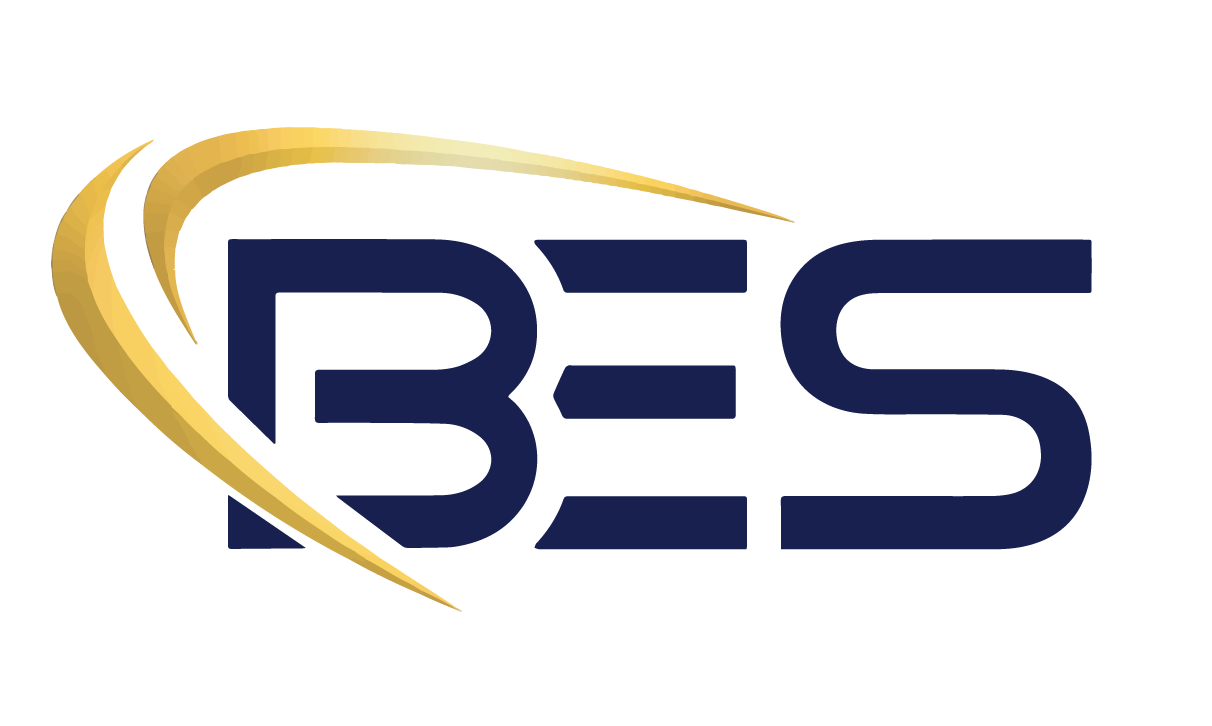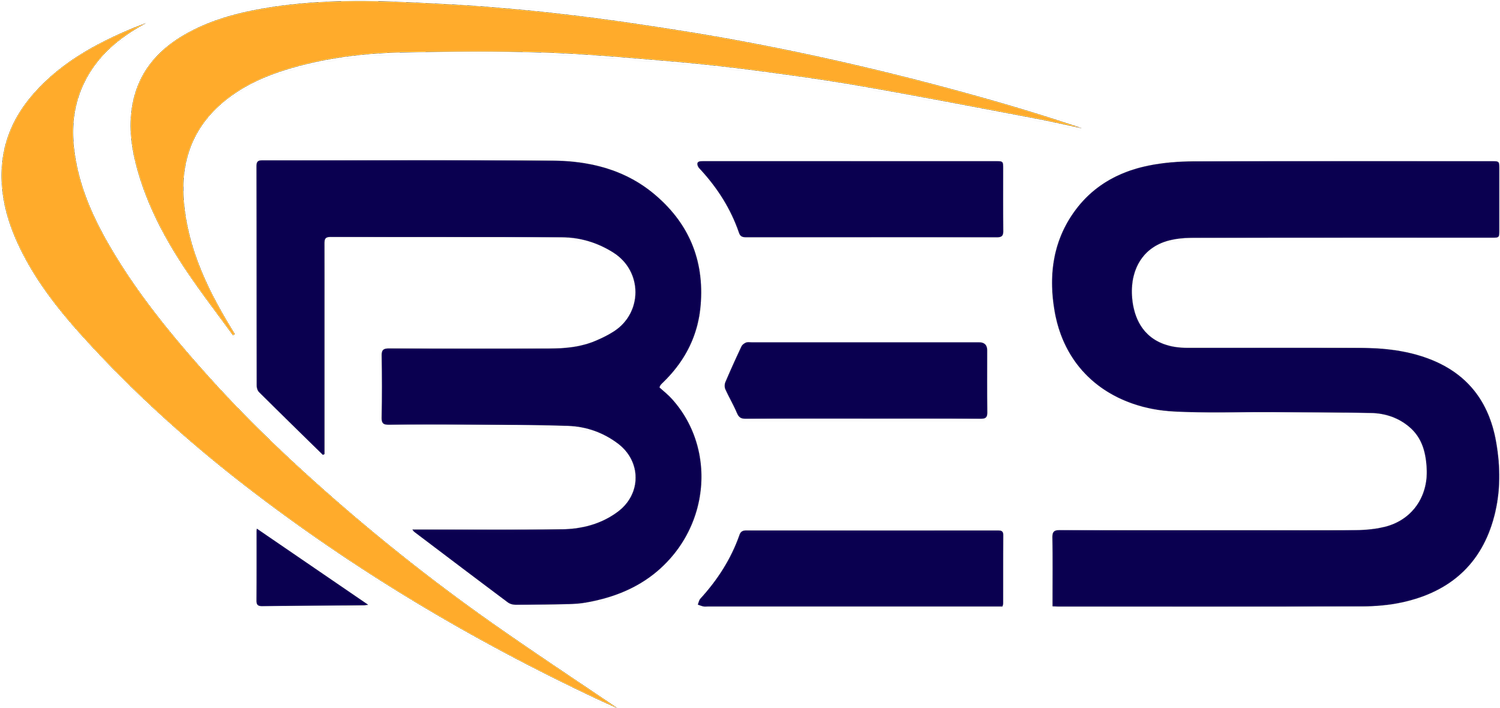The Organizational Blind Spot in Achieving and Maintaining Mission Readiness
Effective Crisis Management Requires a Culture of Preparation to Ensure Response Capability When It Matters Most
Today, no state or jurisdiction is immune from disasters. According to Pew, in the last 15 years, all 50 states and the District of Columbia experienced disasters severe enough to trigger a federal emergency or major disaster declaration, including floods, hurricanes, severe storms, wildfires, and blizzards. These disasters cause significant disruptions to businesses, utilities, and citizens, stretching the capacity of public safety and crisis management response and recovery organizations.
The implications of this are far-reaching. Every local, state, and federal emergency management agency, as well as private sector counterparts in utilities, transportation, communications, and more, all face the potential impact of major incidents across the country.
Effective crisis response and recovery rely heavily on technology to make better decisions faster to protect lives and property, maintain continuity of operations, and recover quickly. Many organizations are underutilizing their technologies or have not configured them correctly. As a result, these tools are only as good as the ability or knowledge of the people using them.
The blind spot for crisis management.
Lack of training and exercise can occur because managers develop what leadership scholar John Maxwell called the blind spot of “tunnel vision.” Many organizations often view training as a lower priority and are occupied with the pressures of daily demands, administrative burdens, or long-term operations. Crisis management technology tools and apps get thrown "over the wall" without proper user training. Not until a problem occurs or unfamiliarity with their technology systems slows down critical decisions does the need for training or exercises become essential.
Without regular training and exercises, when emergency systems are applied to respond to a crisis, the first few hours are spent getting up to speed, understanding where data resides, what informational dashboards are available, who has access to the systems being used, producing the right information products for critical stakeholders and more.
This lack of emphasis on regular training and exercises is often the root cause of problems during emergencies.
Train smart. Train often.
Organizations purchase various tools and equipment to respond to, recover from, and maintain operational continuity. This includes fire apparatus, heavy rescue equipment, emergency medical units, utility response and repair vehicles, etc. This equipment and its personnel train and exercise to remain proficient. However, crisis management systems and applications are deployed and extended for many organizations to meet complex requirements only when a significant event occurs. The same training and exercise emphasis level does not exist for these critical decision-support tools; that leads to the possibility of mission failure or poor performance when it matters most.
To overcome this “blind spot,” mission managers must doprioritize ongoing training and exercises. Before utilizing technology in an actual event, users should have the mental muscle memory to meet complex crisis management requirements under the stress of a crisis. Technology readiness and preparedness can only occur when a programmatic training and exercising program that drives frequent system usage is in place.
This is essential to ensure that technology and crisis management systems can scale to meet response and recovery needs and that personnel are proficient in their use. Training and exercises can take many forms. Contrary to current trends, training can be a daily routine with short activities that take 20 minutes or less to solve a specific problem. Fast, quick-hitting exercises keep staff sharp and confident using their crisis management systems and standard operating procedures. These can supplement more formal or extensive practices that occur less frequently.
Monitor and Improve Performance
The only way to continuously improve and detect performance gaps is by evaluating performance during or just after a crisis or through training and exercises before an emergency. Discovering personnel are not proficient, technology is not optimized, or inadequate standard operating procedures during a problem is not a best practice and can put lives at risk. No matter how prepared an organization believes it is or how capable its technology is, it must be tested. Personnel change, technologies change, and unforeseen incident types affect readiness. A regimented training and exercise program is essential to evaluate and maintain preparedness continuously. Training and exercises must be a priority objective – integrated into business operations. No matter how good a program’s governance, standard operating procedures, or technology is, without regular training and exercises, there is no feedback loop to monitor, evaluate, and improve when needed.
Making Training and Exercises a Priority
1. Create a learning organization culture. Establish an environment where training and exercises are a priority to increase personnel’s proficiency and ongoing preparedness.
2. Establish a programmatic approach. Identify and schedule training and exercise scenarios with follow-up to address gaps or areas that need to be strengthened or improved.
3. Develop variety in training and exercises. Conduct drills with personnel changing roles and positions to evaluate standard operating procedures and staff flexibility and adaptability.
4. Conduct training and exercises that precede seasonal changes. Test incident readiness for likely seasonal emergencies – i.e., winter weather events (floods, ice storms) or summer events (wildfires or hurricanes).
5. Conduct unannounced exercises. Initiate unannounced training and exercise scenarios, just as emergencies or crises often occur without warning.
Training and exercises require leadership commitment and an investment of time and effort, but they don’t have to be overwhelming. Once a training and exercise rhythm is established, it becomes more accessible, and many organizations report staff are energized when challenged with exercise scenarios. Maintaining a continuous high level of organizational preparedness cannot be achieved without a programmatic training and exercise regimen.







